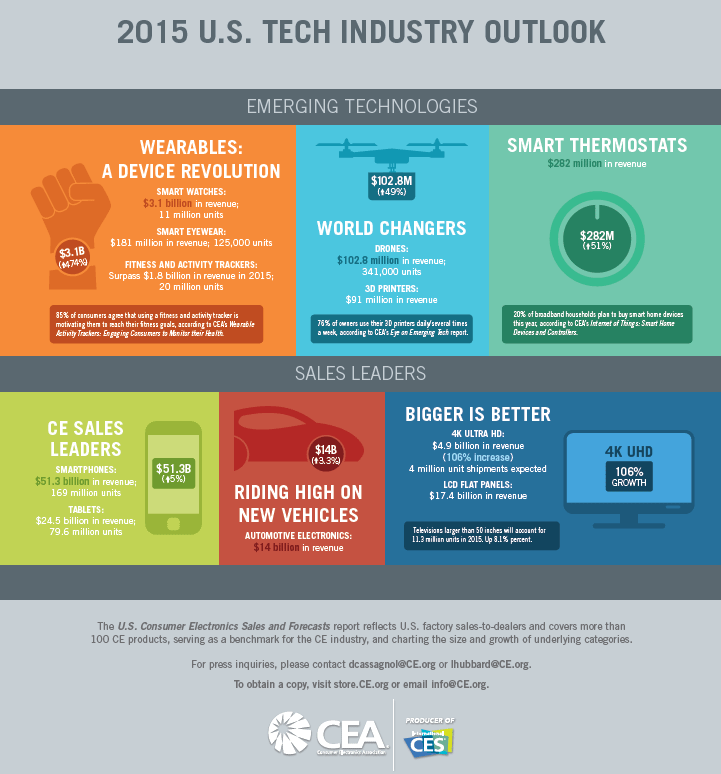Hello! And welcome to our Friday column, Worst of the Week. There’s a lot of nutty stuff that goes on in this industry, so this column is a chance for us at RCRWireless.com to rant and rave about whatever rubs us the wrong way. We hope you enjoy it!
And without further ado:
This week witnessed the annual Consumer Electronics Show in Las Vegas, which is the only event that makes me hate Las Vegas. (Well, that and losing money in Las Vegas. I am not a big fan of that.)
Luckily, I was able to foist attendance onto some of my colleagues who had never previously attended a CES event, and thus were not aware of just how terrible of a show CES is. Not that the show itself is terrible, but that attending the show is terrible. We all know the routine: long lines for cabs, food, the monorail, restrooms, slot machines, for other lines to stand in.
Tell ‘em Chuck!
And, it’s not just the nightmarish logistics that make CES such a terrible event. It’s the actual technology on display. Sure, I love all the 100-plus-inch televisions … I mean, who wouldn’t? But the most frustrating part is that 75% of the “consumer electronics” on display will never be available to consumers. There is so much vapor-ware clogging the aisles that trying to get a handle on what exactly is something that will be available at some point from your favorite big-box retailer is near impossible.
(I am still waiting for my WiMAX-powered mobile TV service!)
Our crack staff has been there all week trying to gain a handle on some of the more telecom/wireless-related items that could be of interest, including all-things connected car, mobile technology and anything related to the “Internet of Things.” This last one would seem to include just about everything at the show as it seems every press release has that phrase somewhere in it, if for no other reason to simply fit in.
Not that those items not showing up at your local retailer is not a bad thing as in most cases the technology is so advanced, the average consumer would have no idea how to work that new-fangled device. This human inadequacy was highlighted by a report released by Accenture tied to CES that noted “83% of consumers report various problems when they use new device types such as wearable fitness monitors, smart watches, smart home thermostats, in-vehicle entertainment systems, home connected surveillance cameras and security systems and wearable health products,” or basically all of the non-TV items shown at CES.
The report went on to explain: “The biggest challenges consumers face are that the smart devices are ‘too complicated to use’ (21%), ‘set-up did not proceed properly’ (19%) and ‘did not work as advertised’ (19%).
Thankfully, CES came out with a report of its own that looked past the trivial matter of people actually being able to use their shinny new whatever, and instead focused on all the money the industry can make in pawning off wares that people can’t actually use.
That report stated that 11 million smart watches will be shipped in 2015, generating $3.1 billion in revenue and countless trips to the drug store for headache medicine. Fitness and activity trackers will do even better, shipping more than 20 million units in 2015, though with revenues of only $1.8 billion. Unfortunately, people who buy those devices will be missing out on tracking all the steps they will need to take in order to return the device or how far through the air those devices travel following the inevitable inability to get those devices to work.
I understand the reasons why CES exists and the need for the technology industry to keep pumping out new products, regardless if there is a need or market for those devices. But, from my tin-foil lined bunker/office, all CES reminds me of is how out-of-touch the technology industry is from reality. I guess the next true revolution for the tech industry is to develop robots smart enough to actually be able to handle the latest and greatest products it can’t seem to produce enough of.
OK, enough of that.
Thanks for checking out this week’s Worst of the Week column. And now for some extras:
• In keeping with my anti-new anything campaign, AT&T Mobility this week said it would carry the BlackBerry Classic smartphone, which packs all the latest insides wrapped in an old-school BlackBerry case.
That old-schoolness includes BlackBerry’s awesome physical keyboard, which for those who have forgotten is so much better than any current screen-based keyboard that even attempting to compare them makes me want to throw my computer keyboard. I know BlackBerry is no longer a real option for people looking for a smartphone, but if all the hipsters are currently turning to old-school flip phones, isn’t it only a matter of time before the BlackBerry is cool again?
• Finally, looks like the lastl three months of last year are shaping up as some of the most competitive domestic carriers have faced in some time. This week saw both T-Mobile US and Sprint announce customer numbers, which came on the heels of Verizon Wireless announcing last month that Q4 had indeed been a bit … challenging.
Full results are set to begin trickling out in the next couple of weeks, but should the big two (Verizon Wireless and AT&T Mobility) begin to show some weakness compared with their smaller rivals (Sprint and T-Mobile US) I suspect we could see an increase in the competitive environment that made 2014 so much fun.
I welcome your comments. Please send me an e-mail at dmeyer@rcrwireless.com.
Bored? Why not follow me on Twitter


